L’Anthocoris nemoralis it is an insect belonging to the order Rhynchotafamily Anthocoridae. It is a useful insect in the orchard and vegetable garden, being a formidable predator of harmful parasites. It is present in its natural state throughout Italy and is also raised in bio-factories for biological control programs. It is therefore worth knowing its entomological characteristics, in order to be able to recognize and safeguard it.
In this article, therefore, we will see what it looks like, we will try to understand which are its favorite “prey” and we will understand how to implement a launch program in large orchards.
Description of Anthocoris nemoralis
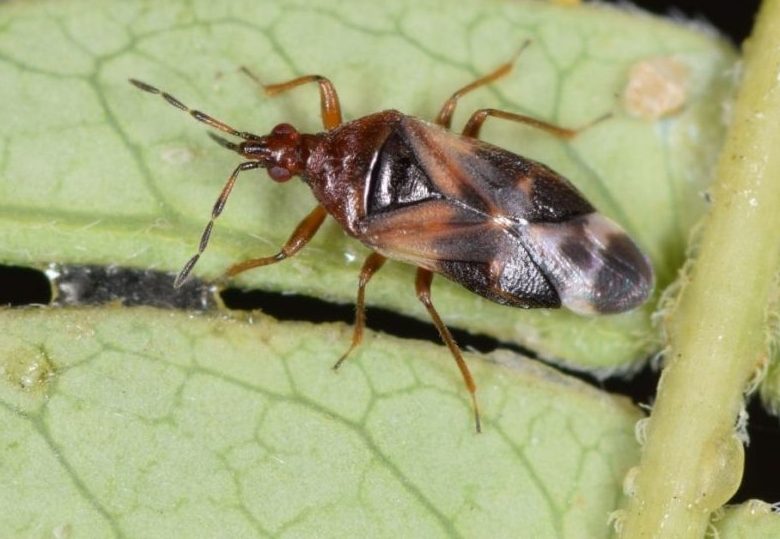
L’Anthocoris nemoralis it is a small anthocorid rincote which, when adult, measures 3-4 mm in length. It is generally dark brown in color, with a black head and chest. It is equipped with entirely brilliant hemielitres, with the membrane showing three clear notches arranged in a triangle.
A very similar species is Anthocoris nemorum, practically identical in appearance, but less common in our country.
Anthocoris nemoralis preys as parasites
L’Anthocoris nemoralis it is an insect with a heterophagous dietary regime. At some stages of its life cycle, it feeds on pollen. Then it starts preying aphids, red spider mites and especially adults of various psylla species. He is, in fact, attracted by the cairomones contained in the honeydew that the psyllables produce as their population grows.
For these reasons Anthocoris nemoralis it is the most effective containment factor (natural and artificial) of many psylla that infest gardens and orchards, for example:
Life cycle of Anthocoris nemoralis
L’Anthocoris nemoralis it winters at the adult stage, sheltered in the orchards or in the surrounding environments (hedges, wild vegetation, crop residues). With the first warm spring temperatures it becomes active again, initially feeding on pollen, then on parasites, moving into the orchards. Here begins mating and oviposition, with the female laying eggs on the underside of the leaves or on the petiole. Newly hatched nymphs immediately and voraciously begin preying on psylla eggs and nymphs.
In our environments, theAnthocoris nemoralis it completes 2-3 generations a year, with populations linked to those of the victims and reaching their maximum density from May to September.
In years with returns of spring cold or heavy rainfall, between April and May the populations of this insect can have a low density.
In specialized orchards, when carrying out biological defense with Anthocoris nemoralisartificial launches are used to compensate for the fluctuations in the predator’s population.
Practical use
As mentioned Anthocoris nemoralis is the most known and effective containment factor of the harmful psylla of the pear tree. Normally, throwing 1000-1500 predator adults per hectare of orchard is sufficient to ensure pest control. In plants previously very affected by psylla, and with smaller populations of the anthocorid, 2000 adult individuals per hectare are thrown.
For greater effectiveness, we recommend releasing the predator at 2-3 different times, trying to avoid the weeks with possible frosts.
Another advice is to distribute the predator in at least 5 different launch points, using supports and cards (usually supplied by the biofactories) to favor the dispersion of the predator.
The first launch can be made early, between the end of March and mid-April. In this way we give the predator the opportunity to settle and interact with wild populations. The following launches will take place by May.
Precautions
Obviously, for the validity and effectiveness of this type of biological control, chemical pesticides must not be used in the orchard. However, those too must be avoided products allowed under organic farming but which have a strong killing power, like the pyrethrum and theazadirachtin.
To purchase the Anthocoris nemoralis and to use them in biological control programs, it is necessary to turn to bio-factories.


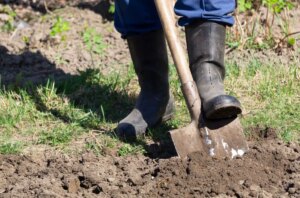
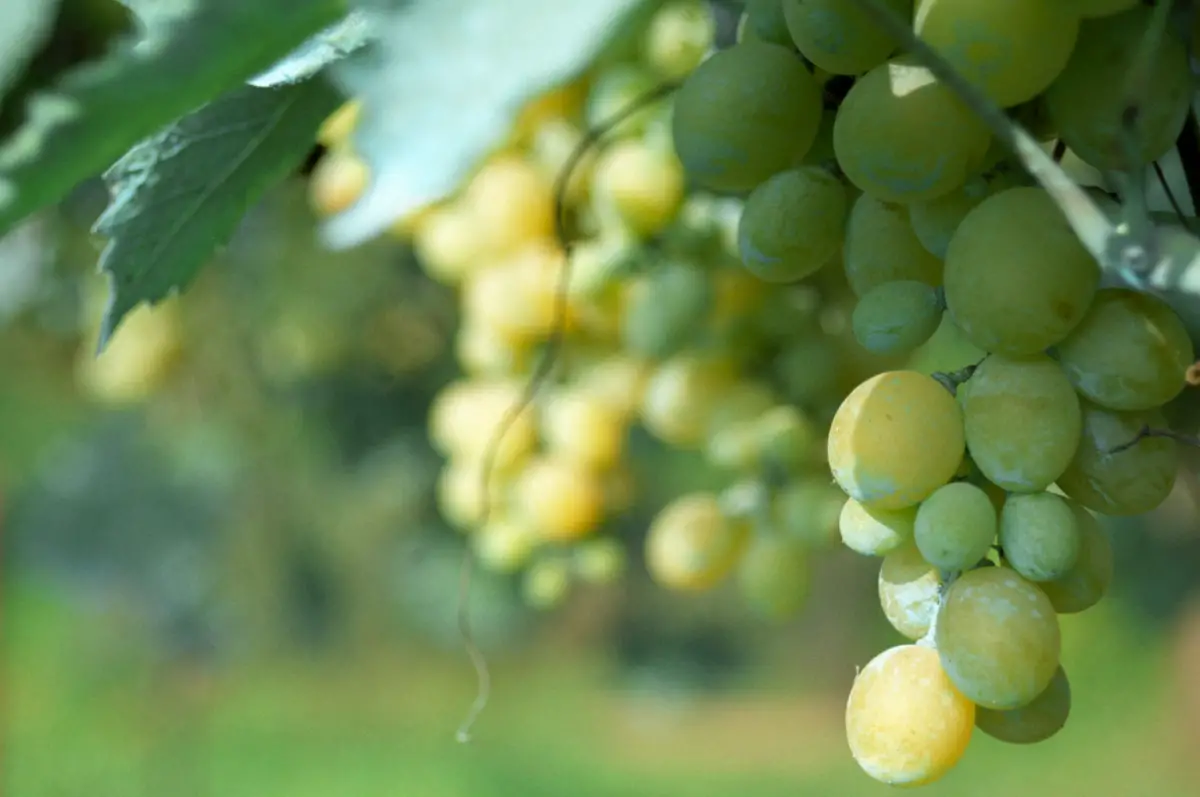
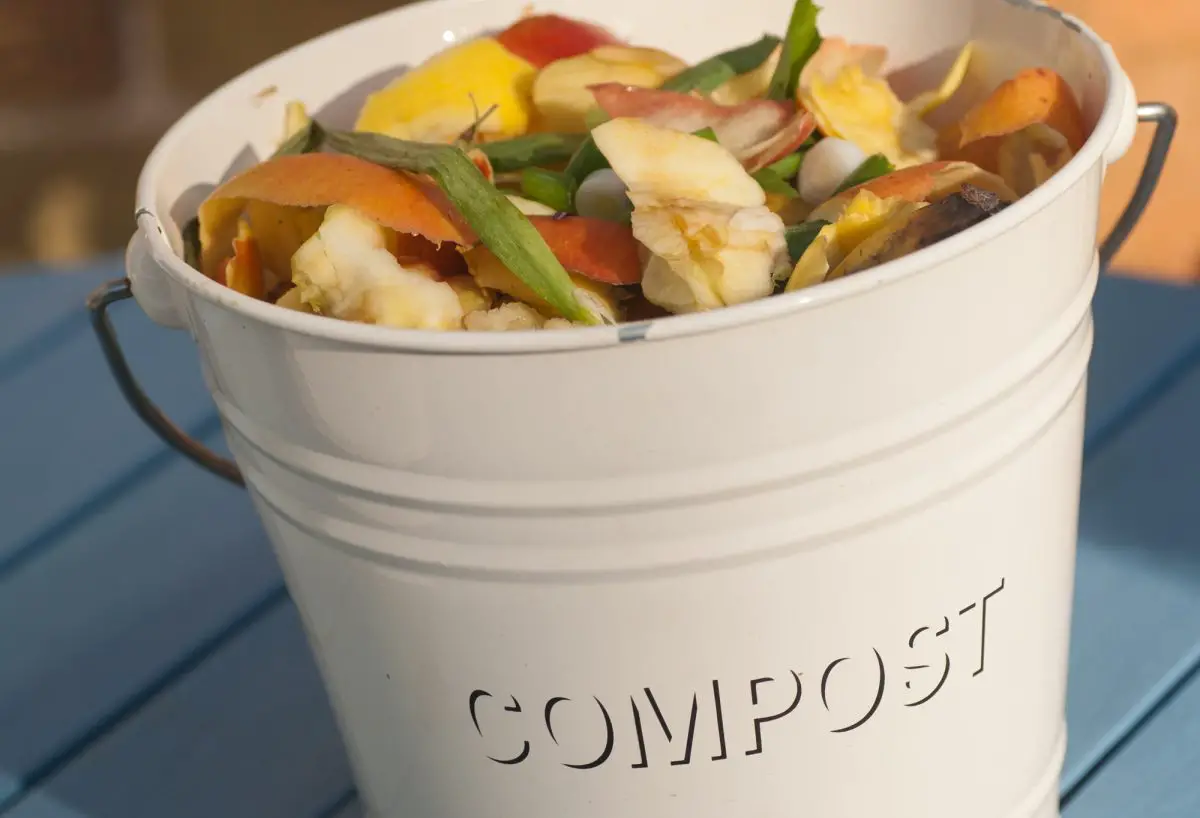
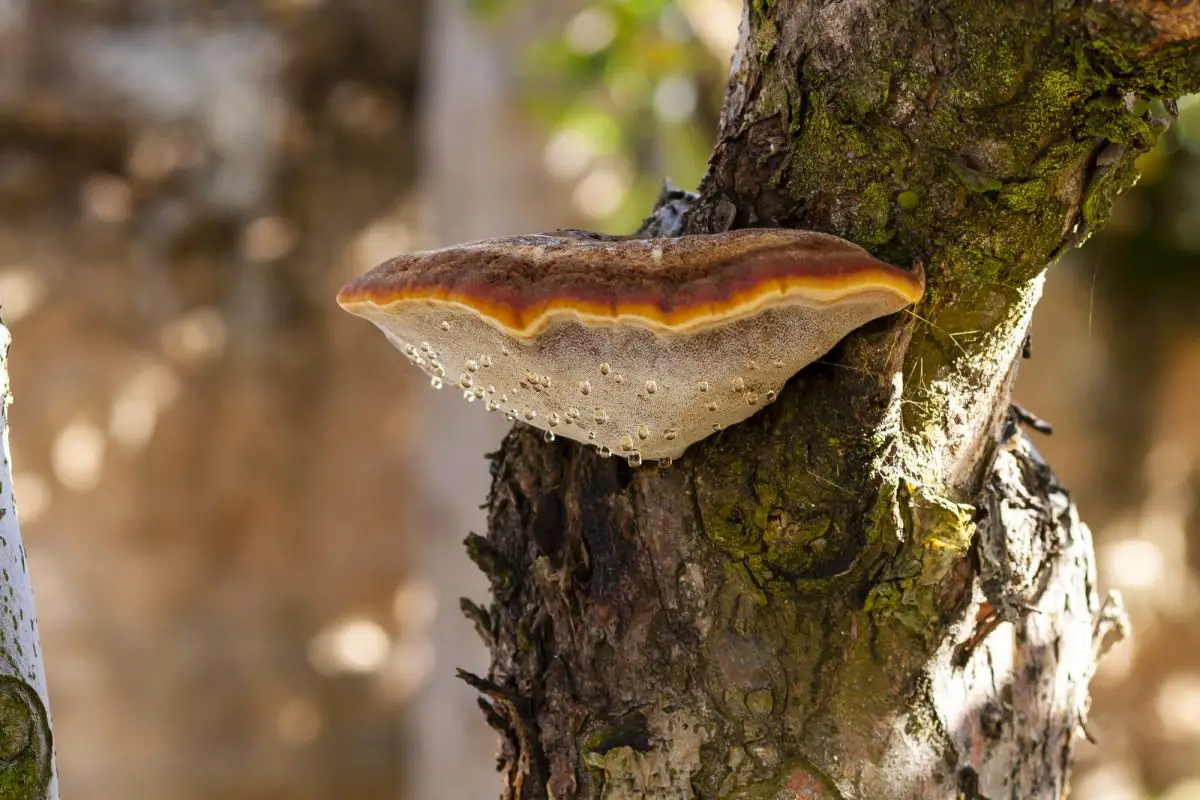
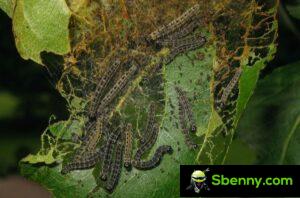
Start a new Thread